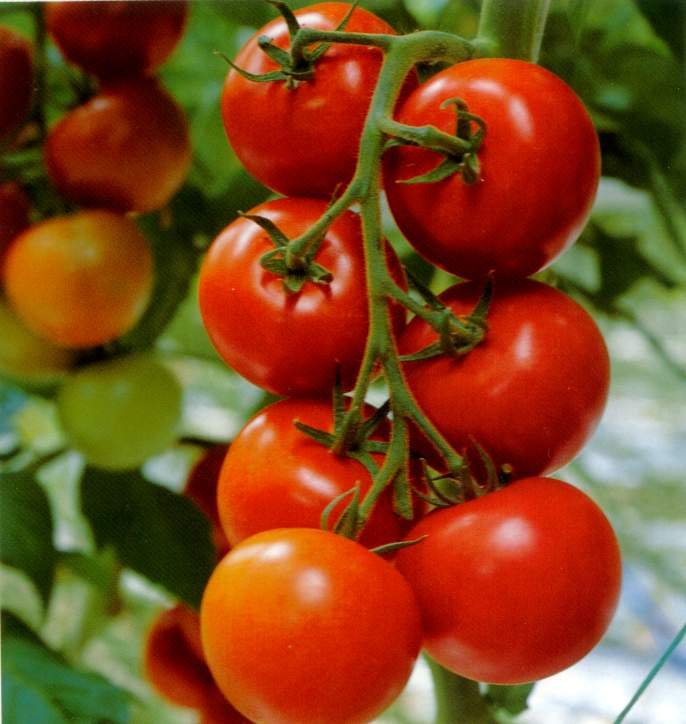Are you histamine intolerant?
Histamine intolerance (HIT) is suprisingly widespread. There is an increasing awareness that histamine intolerance produces a range of symptoms, previously attributed to other factors.This is partly because histamine takes longer for the symptoms of intolerance to develop than an allergy, as histamine is slowly released in to the system.Histamine intolerance symptoms occur when the body has an inability to produce diamine oxidase (DAO) and Histamine N-Methyltransferase (HNMT), enzymes that deactivate histamine.Symptoms may include asthma, headaches, migraine, diarrhoea, high blood pressure, hormone problems, sinus problems, inflammation, flushing and rashes. To overcome this, histamine rich foods need reducing in the diet, with the guidance of a registered nutritional therapist. These foods include aged cheeses, tuna, cured meats, red wine and a range of other foods. Some other foods, while not containing high histamine levels, encourage production of histamine including strawberries, oranges, papaya, tomatoes, citrus fruits, needing careful evaluation, also specific supplements and recommendations will assist with symptoms.Fortunately there is now a blood test for the prescence of diamine oxidase (DAO), which is the first step to identifying if you have a histamine intolerance. This is available at a nutritional therapy consultation, using a laboratory test from Cambridge Nutritional Sciences. You will receive the results within two weeks, followed with nutritional support to rebalance and optimise your health.
To overcome this, histamine rich foods need reducing in the diet, with the guidance of a registered nutritional therapist. These foods include aged cheeses, tuna, cured meats, red wine and a range of other foods. Some other foods, while not containing high histamine levels, encourage production of histamine including strawberries, oranges, papaya, tomatoes, citrus fruits, needing careful evaluation, also specific supplements and recommendations will assist with symptoms.Fortunately there is now a blood test for the prescence of diamine oxidase (DAO), which is the first step to identifying if you have a histamine intolerance. This is available at a nutritional therapy consultation, using a laboratory test from Cambridge Nutritional Sciences. You will receive the results within two weeks, followed with nutritional support to rebalance and optimise your health.
